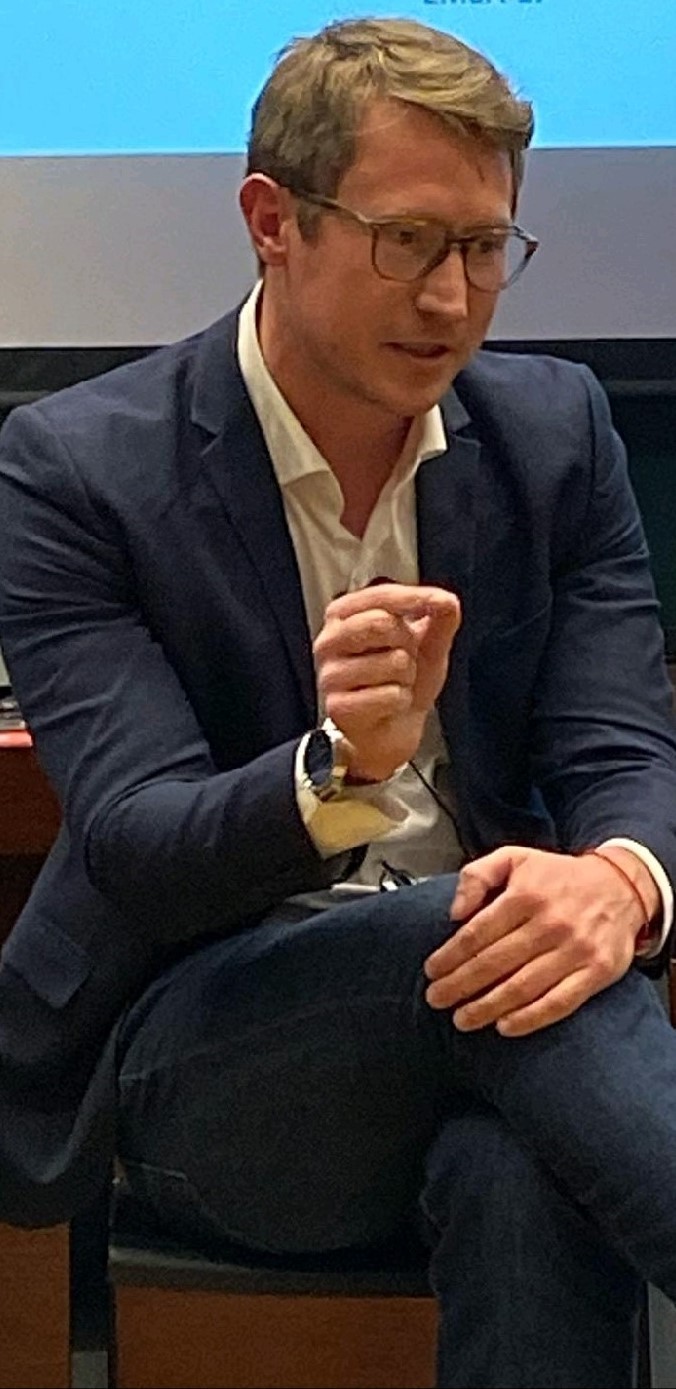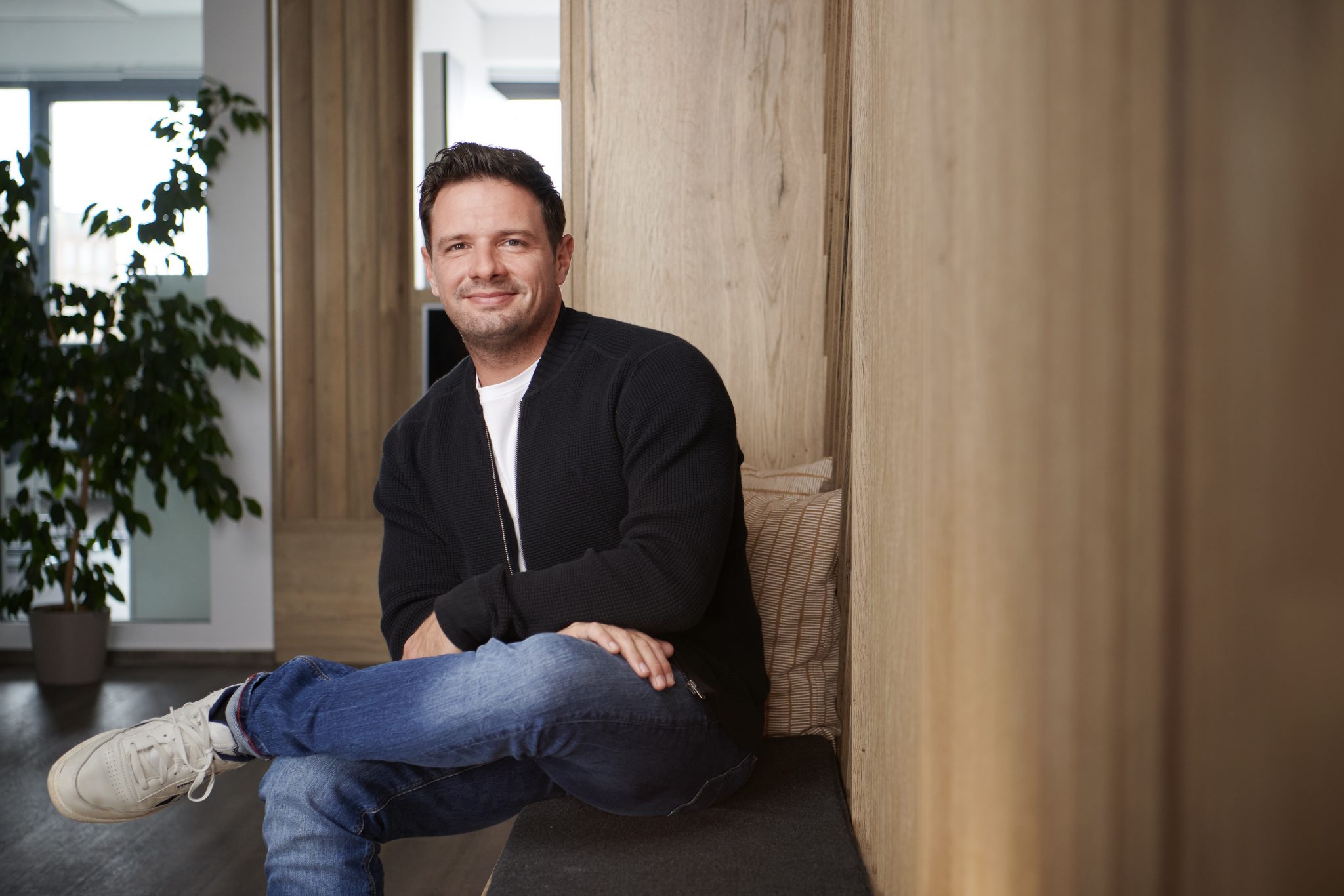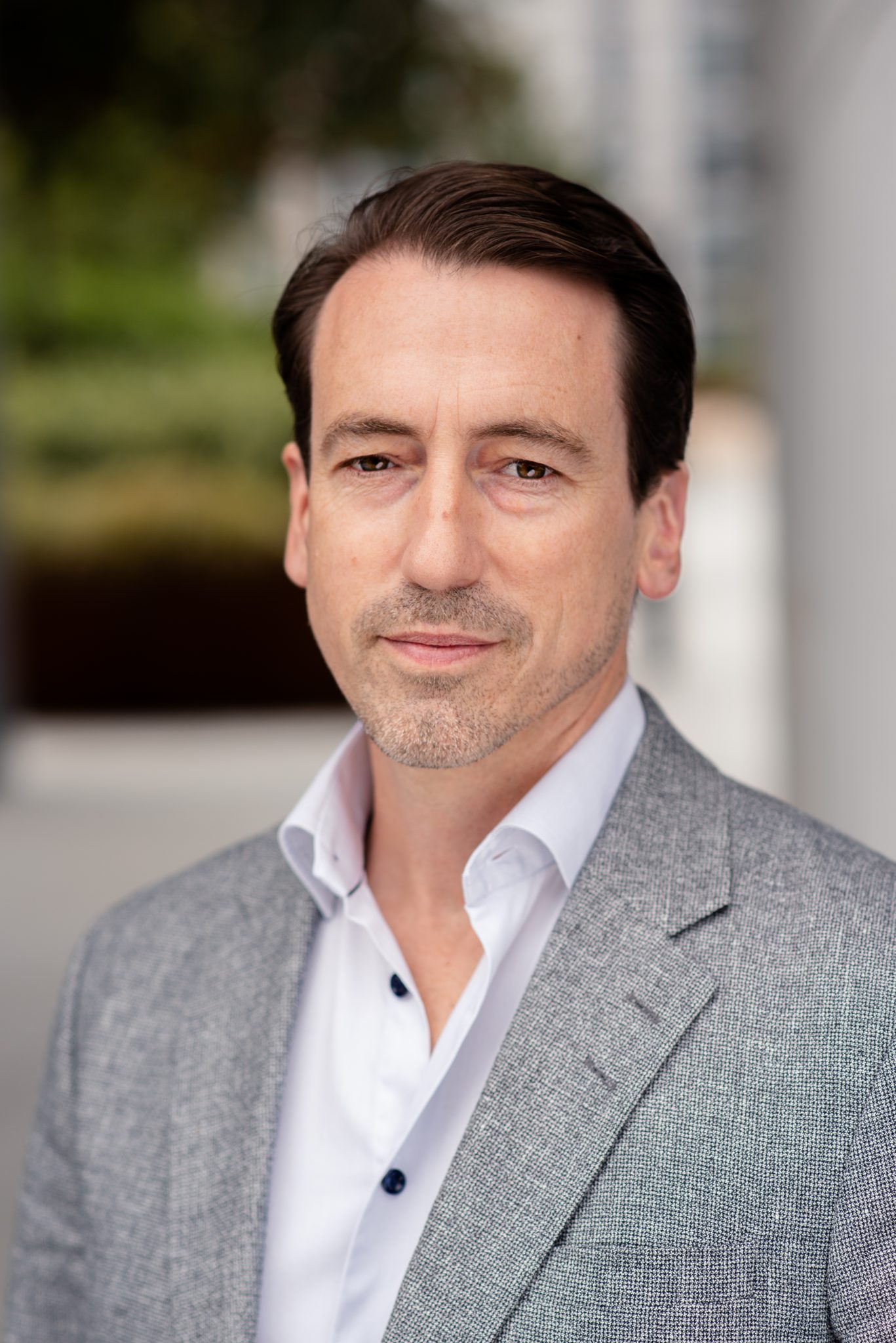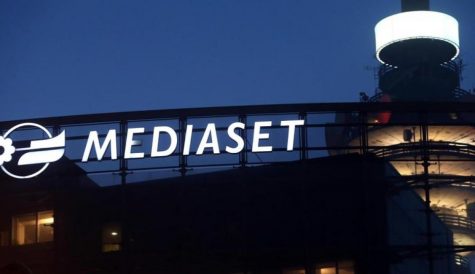
After more than 40 years of operation, DTVE is closing its doors and our website will no longer be updated daily. Thank you for all of your support.
The boom in FAST services

It seems the FAST channels or rather linear free advertising-supported streaming television (FAST) are here to stay. With every new smart TV turned on a fresh set of viewers step forward into this exciting world awaiting them behind the brightly coloured branded apps and platforms.
A question floating around the industry is can FAST and AVOD sit nicely next to each other? Tim Edwards, EMEA marketing director at Rakuten TV is confident the two services can co-exist. “We see these two services as complimentary. Particularly with the whole decision fatigue around so many different services to choose from. There is now almost a renaissance of this type of experience. They sit very well side by side.”
Juraj Vanko, chief marketing officer at Filmzie agreed. “There is a completely different user experience with FAST. It’s more about just turning something on, unlike with AVOD, when they must search for what they want to watch. Many viewers are used to flicking on the TV and having it all shown there”.
CEO and founder of German-based Rlaxx TV, Ronny Lutzi wants to bring something new to the living room with a proposition that successfully merges both. “On our platform, you can quickly flick between FAST and AVOD using the EPG. There is also a section of on-demand content where all our channels have their own subpage. I believe this hybrid model is what the end-user wants.”
Frustratingly for the European audience, the FAST market in the USA is ahead of the game. Vanko explained why. “We started focusing on the European market which is smaller and so it’s easier to test. We have now switched to the US. We found the European market to be one and a half to two years behind the US market. The reason for this is that European countries have a strong network of nationwide TV channels that cater well for localised content. In the US, it’s different there is no quality national TV content. If you are searching for content in a different country, in a different language, you need to have a local team on the ground, it’s a different proposition.”
Europe might be trailing behind slightly, but the team at Pluto TV, which launched in Europe three years ago, is confident that the audiences won’t have to wait for long for it to catch up. “We see the European FAST market taking the same track as the US. What created the boom in the states was the penetration of connected TVs, the contraction of original TV and the emergence of streaming as a mainstream consumer habit. Europe has all the hallmarks of the USA FAST category. America is more advanced in its scale and size, but we see Europe going in the same way,” said Fahy.
Rlaxx TV prides itself on having a name that resembles exactly what it wants its audiences to do when engaged with its content. Pick up the remote, glide through its selection of channels and immerse themselves. Lutzi is confident that advertisements will rush to be part of the European FAST market. “The US is much more advanced and spend is much higher on the TV. We strongly believe that advertising will come over to FAST in the European market.”
The ingredients for success
For brands considering launching a platform in the FAST channel, what are the key components to making it a success? Edwards shared some of the success and knowledge that Rakuten has acquired since launching in winter 2019.
“We have two key pillars. Broad interest channels, which grab attention. These tend to be like the traditional types of content that you’ll see on high-end TV channels. We need to make sure that we keep these channels premium because this is the advertiser experience that we’re promoting. We’ve also invested in our exclusive original content that offers specific genres of interest.”
Available in 42 countries, the platform has been well received in Europe and Edwards believed a large part of their appeal is their localised content. “What we see as key is making sure the content offering is suited to each specific market, with language and in terms of particular interest.”
There is no doubt that the infrastructure for launching a FAST platform takes significant investment. Once launched adding brand extension channels is much simpler than in traditional TV. “What we’re doing is so much stronger than what linear can provide today. At Rlaxx we can make as many channels as we like about whatever content we like. Because setting up a channel is not more than a click in our backend,’ commented Lutzi.
To compete in this space, you need to bring simplicity, and focus on distribution, revealed Fahy from his experience launching Pluto TV. “We’ve invested in our highly integrated business model that brings together advertisers, platforms and devices and content owners. We’re also heavily invested in branded marketing to raise awareness of the service.”
While over on the Filmzie channel, the streaming platform that is dedicated to both large studio productions and indie films. The brand has created a friendly and down to earth tone of voice for itself. Acknowledging that there will be ads on the channel and revealing that they help fund the platform and the work of the filmmakers, can’t help but make viewers warm to the platform.
Vanko urged brands to focus on developing strong inroads with TV manufacturers.
“If you are on Samsung TV Plus or other manufacturers you are actually in the living room. The TV manufacturers have a lot of FAST channels. A lot of these are dedicated to cooking shows or specific genres. However, what many channels lack are movies and feature movies, because of the complexities of the regulations and subtitles.”
The main barriers to entry for FAST platforms
Moving into this everchanging and expanding area of digital television is not without its barriers. As Vanko so precisely captured it, for many new smaller platforms just getting off the ground and noticed, is a chicken and egg situation.
“Commercially the biggest barrier is the content acquisition. If you are not known no one wants to sell you content. But how do you get well known without any content?
Once you have the content you need to have the reach and scaling. You need to work with the promotions for each of the different studios around their demands on approving the marketing activities. Operationally – it’s about following the regulations. You need a team who is looking after programming and people providing detailed reports on revenue share and ad impressions. Technically – It’s about integration and every integration is different.”
Sharing experiences from the world of Rakuten TV, Edwards believed that the bigger brands have the upper hand. “Advertising businesses have fantastic economies of scale and that’s one of the key advantages to companies that reach scale quickly, but also one of the key barriers to entry because it’s difficult to do this at a smaller scale. Commercially, when you have more scale, you have both more impact and more interest from advertisers. For us, the bigger the scale the more targeting you’re able to do and as a result of that, you get better results for advertisers, and you get higher monetization for each viewer. If you get higher monetization, you’re able to invest more in better content, you create a virtuous cycle, which is difficult for other companies to enter.”
Building visibility and viewing time
The experience that FAST channels offer their viewers is like a nostalgic nod to traditional broadcasting but with a reduced interruption from adverts. An increase in audience size and rising viewing times is the goal for all those involved, but how does a FAST platform, no matter what its size, achieve the holy grail?
“Brands need to be creative around what they call a channel and how they curate its content and market the channel,” suggested Fahy. “Our viewers come back to Pluto with a familiarity of what they can expect but also a sense that there will be something unexpected there. We’re flexible with our content partners. If they don’t want it to be a big lift for them, they can licence the content to Pluto, and we’ll curate it into our channels. Then at the other end of the spectrum if content partners want to be the architects of their content proposition there is a lot of flexibility around how they can do that.”
“It’s about co-operation. You need to have a good relationship with people, be flexible, provide hints and tips about their content,” said Vanko.
Edwards believed that collaboration amongst all those involved is the key to success. “Making sure that you’ve got a clear audience that you’re trying to build a channel around. Targeting that specific niche helps to increase engagement rates. The type of content that works quite well on Rakuten TV and other FAST platforms is typically the type that allows audiences to dip in and dip out of. Recognisable stars also work well. People are channel surfing and they come to something with a recognisable style that they know and so are more likely to stick around and watch more of the content.”
Consumption of FAST Channels
The Rlaxx TV team believe that viewers will welcome the less time-consuming way in which to watch their favourite shows and movies that FAST platforms offer.
“People are tired of all the choice and the need to look for something to watch. It’s good to be able to just lean back, relax and enjoy. The habit of linear TV has been there for years, and it will remain,” said Lutzi.
The vastly reduced amounts of advertisements on FAST platforms are thought to be another key driver for viewers leaving older style linear broadcasting. “In FAST channels you have fewer ads than on the traditional channels,” explained Vanko. “Especially in the US. It’s usually 15 minutes of ads per hour, unlike traditional broadcasters which can be more ads than programming. This is also why we believe that more people will be switching to FAST channels,”
A few people working in the FAST channels are calling for an education piece for viewers around exactly what they are and the fact that they can now be found on pretty much any Smart TV or device. The increase in knowledge amongst viewers would surely encourage a rise in consumption.
Vanko echoes the thoughts of some in the FAST industry “The audience may need to learn about the FAST channels and that they’re on their TV. It’s up to the manufacturers to tell the audiences that the channels are there.”
A Three-way relationship
For the viewers who come to a FAST channel all they care about is finding the right content in as little time as possible. For those behind the screen, it’s a little more complicated. It’s crucial that the platform owners, content creators and advertisers can work together harmoniously. For the platform owner, how do they ensure that they’ll keep everyone happy?
“Our business model at Pluto offers successful partnerships, and everyone shares in the success. Advertisers have a variety of ways of working with us and we try and help them in practical and bespoke ways,” revealed Fahy.
For Vanko and the team at Filmzie, it’s all about respect for everyone involved. “It’s like any other business relationship you work out together how you can make it a success. There is no competition. It is more about co-operation.”
Rlaxx TV puts itself forward as the place for opportunities for content creators. “We’re providing a free of charge way to reach the consumer and monetise their content. It should be a partnership we deliver the platform, and they bring the best content for the users and we both benefit,” said Lutzi.
The commercial arm of the FAST channel can’t go overlooked. Rakuten TV demonstrates the unique advertising opportunities that platforms offer brands, as Edwards explained. “We have lots of niches. If you sell a product related to a particular category, this is a good place to advertise your brand. We have a lot of advertisers that tend to advertise on traditional TV, that are seeing FAST platforms as a great way of getting more targeted media buys.”
The Future Looks FAST
The future of FAST platforms is looking rosy as more TV manufacturers are looking to add brands to their new products. For Edwards, this can only be a good thing. “Platforms need to increase user awareness and adoption. We’re seeing a lot of TV operating systems and applications integrate FAST channels into their user UX, which gives good distribution opportunities. This is great for advertisers because it gets much more scale and for platform discoverability.”
Fahy believes that the contraction of traditional consumption means that from an advertising point of view there is a hunger for this TV inventory. “Platforms like Pluto TV need to be in all the homes. They need to find ways to work with the partners to make themselves prominent and offer great content and have strong content partners. Europe isn’t wanting for quality TV so to make inroads in this market you’ve got to be prepared to invest in building the brand and the service. Pluto TV is a partnership-driven business and product and that will be the hallmark of the next few years.”
From his office in Kiel, Lutzi reveals his hopes for the future of Rlaxx. “We plan to make the platform stronger. Build local content worldwide and enhance the service adding more diverse and premium content that is appreciated globally.”
As a film-based business and brand, Filmzie is looking ahead to the next few years with excitement. “Broadcasting will become smaller and smaller and FAST will be growing. The brands spending on advertising will lean more towards FAST channels and less towards broadcasting. This means in FAST there will be more money, for more content and users and more brands” finished Vanko.






